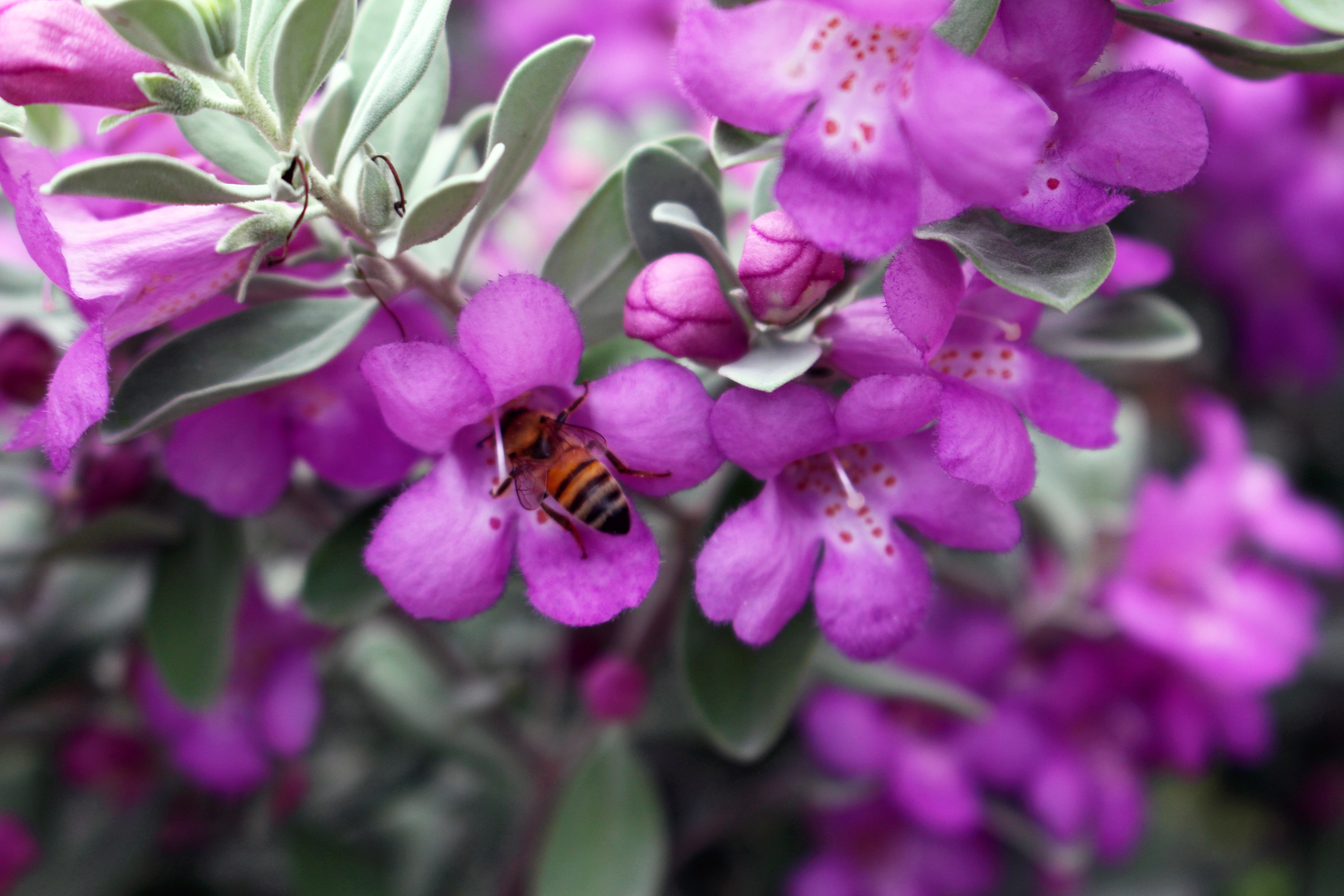Farm & Ranch
B-E-E-ING A Beekeeper – Celebrating the triumphs and understanding the trials

By Jessica Crabtree
Raising honeybees, like anything else, will present you with trials and triumphs, things that will fail while other parts will flourish. Now that we have established your needs as a new beekeeper and goals in the first year, we now discuss the things that can go wrong, why and how to fix it, as well as why things are going so well. For this we consult fellow beekeeper and Red River Beekeepers Association president, Kerry Roach.
Challenges
Roach described honeybees as being “delicate creatures.” If the colony is strong, as a colony of many bees, they are a unit. However, the individual bee is very susceptible to an array of frailties. That, in and of itself, is the challenge and what causes bees to die. Roach explained the challenge for the beekeeper is to minimize the adverse effects in nature. Contrary to popular belief, honeybees can freeze, drowned and fall victim to the natural effects of weather. When the elements strike, Roach said, “They [honeybees] have to fly and come back, and figure out where their hive is, where their place of safety is.”
Additional dangers to the tiny creatures are wind, rain and flooding. Of course, like anything else, these insects are not without predators. “Honeybees are very tasty and palatable to birds, animals such as bears and skunks, which are all natural predators,” Roach described. Other predators include spiders, “Honeybees must watch for spider webs. Webs simply offer another natural danger.” One of a beekeeper’s largest challenges is minimizing those natural dangers as much as possible. Naturally, honeybees live between six and eight weeks. However, the worker bees literally work themselves to death.
Beekeepers in our state possess their own beekeeping challenges. That comes in the form of Texas’ unpredictable weather. “In Texas, our main issue is heat in the summer. A beekeeper here must give proper ventilation to a hive. They can’t just keep the box closed up. The hive needs air to circulate through it,” Roach shared. This can be done by offsetting the hive boxes to create a space for air to circulate.
To read more pick up a copy of the October 2017 NTFR issue. To subscribe call 940-872-5922.
Farm & Ranch
Hazards of Backyard Poultry

By Barry Whitworth, DVM
Having backyard poultry is a popular agriculture enterprise. According to the United States Department of Agriculture, 0.8 percent of all households in the United States have chickens. People keep chickens for a variety of reasons with table eggs being one of the more common reasons.
Unfortunately, some of these poultry producers are not aware of the hazards that come with keeping poultry because many times they carry pathogens but appear healthy.
Chickens are carriers of several zoonotic diseases. These are diseases that can be passed from animals to humans. According to a recent survey in Pennsylvania, a majority of backyard poultry producers were aware of the dangers of avian influenza. However, this study also revealed that far fewer producers were aware of the risk of possible exposure to Salmonella and Campylobacter.
The lack of knowledge about the hazards of raising poultry likely contributes to the continued issues of Salmonella outbreaks associated with backyard poultry. In 2023, the Centers for Disease Control and Prevention reported 1,072 illnesses of Salmonella linked to backyard poultry, and 272 of those patients required hospitalization. Oklahoma reported 43 individuals with the disease.
To read more, pick up a copy of the April issue of NTFR magazine. To subscribe by mail, call 940-872-5922.
Farm & Ranch
Ag Elsewhere: Wyoming

By Tressa Lawrence
Babies are tucked away in every nook and cranny. Many ranchers across Wyoming have baby animals popping up all over this time of year.
Farm & Ranch
Ag Elsewhere: Montana

By Lindsey Monk
Another load of grain in to keep feeding the calves until the green grass can really start popping.
-

 Country Lifestyles1 year ago
Country Lifestyles1 year agoScott & Stacey Schumacher: A Growth Mindset
-

 Equine7 months ago
Equine7 months agoThe Will to Win
-

 Country Lifestyles7 years ago
Country Lifestyles7 years agoStyle Your Profile – What your style cowboy hat says about you and new trends in 2017
-

 Country Lifestyles4 years ago
Country Lifestyles4 years agoAmber Crawford, Breakaway Roper
-

 HOME7 years ago
HOME7 years agoGrazing North Texas – Wilman Lovegrass
-

 Country Lifestyles7 years ago
Country Lifestyles7 years agoDecember 2016 Profile, Rusty Riddle – The Riddle Way
-

 Country Lifestyles8 years ago
Country Lifestyles8 years agoJune 2016 Profile – The man behind the mic: Bob Tallman
-

 Outdoor9 years ago
Outdoor9 years agoButtercup or Primrose?






